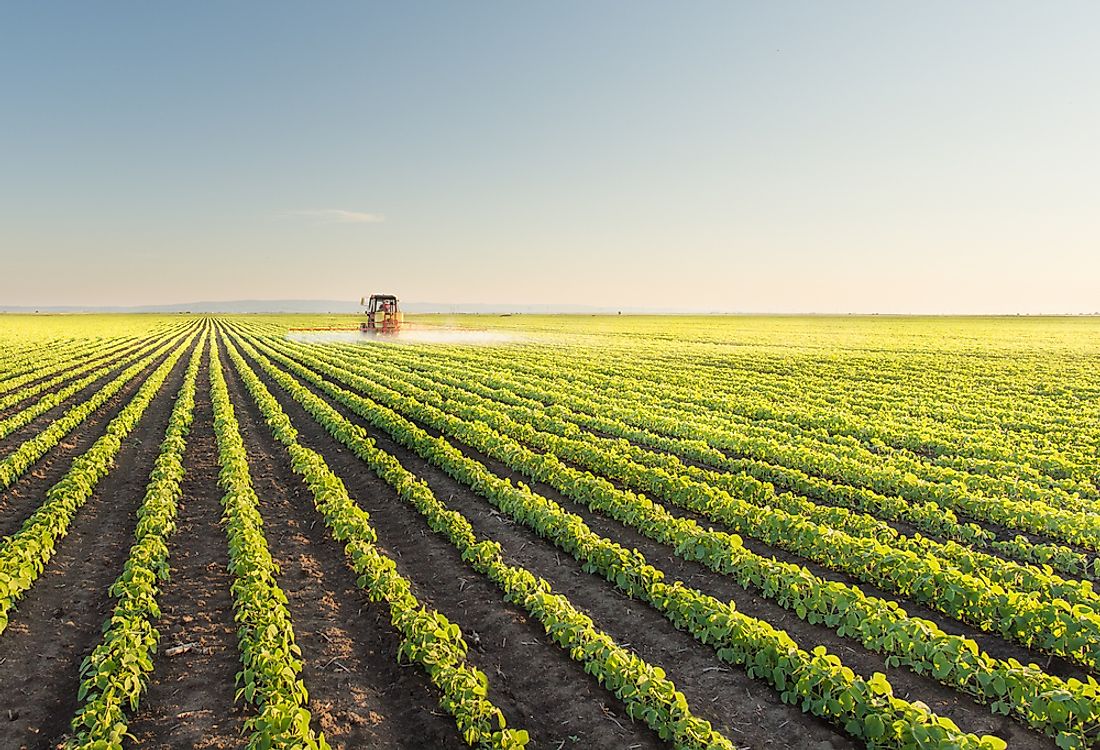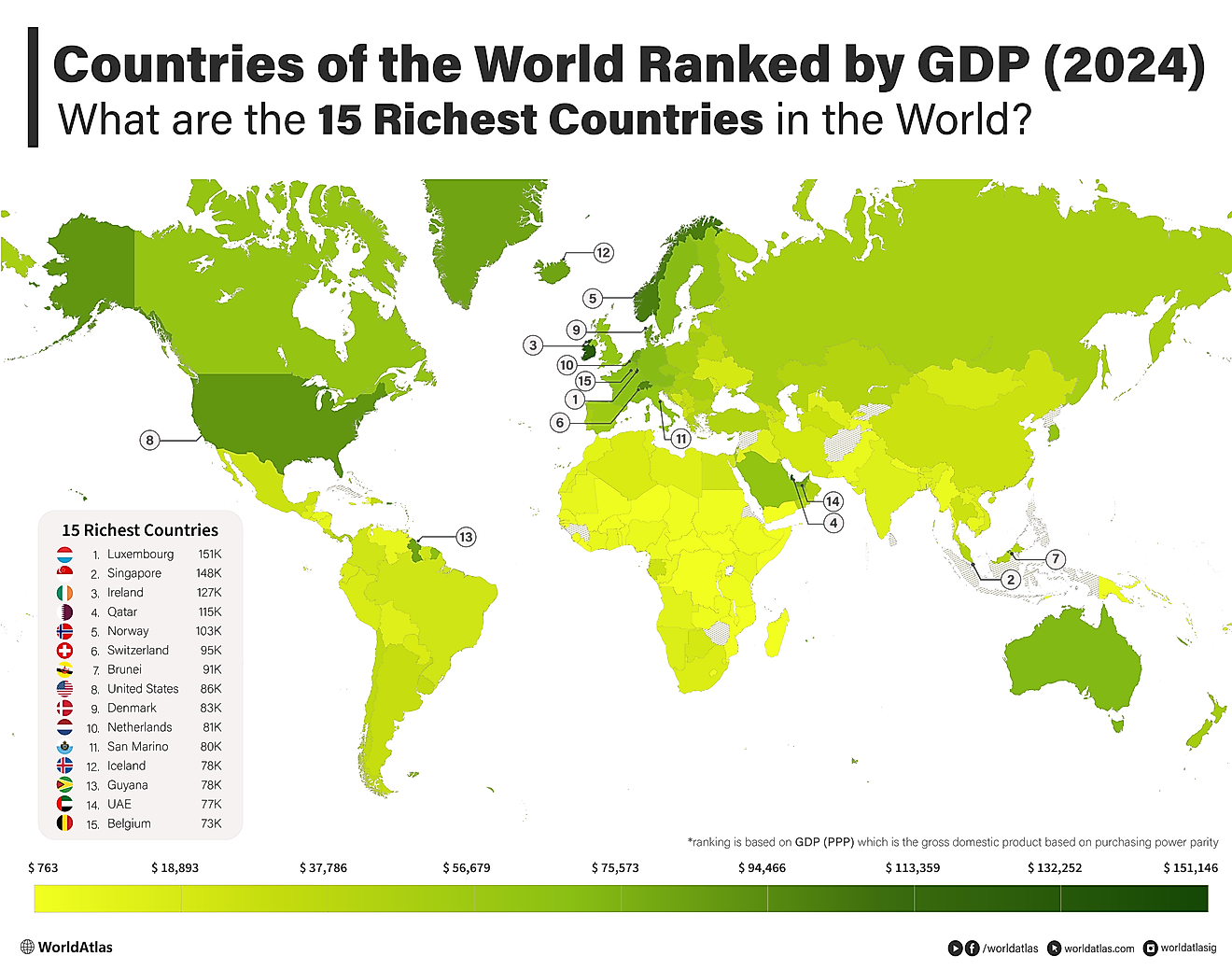Countries Most Dependent on Agriculture

The agricultural sector is the segment of an economy involved in the cultivation of plants and the rearing of livestock and fish for economic and domestic consumption purposes. The agricultural sector is arguably the most important segment of the economy as it is vital for human existence through the production of food, shelter (through lumber), and clothing (hides and skins). Agriculture was one of the highlights in human evolution and was a factor leading to the rise of sedentary human civilization.
Countries Most Dependent On Agriculture
Liberia- 76.9% of GDP
The economy of Liberia is heavily reliant on its agriculture which accounts for 76.9% of the West-African country’s GDP, the highest in the world. The agricultural sector is the largest employer in the country with the sector accounting for 68% of the national labor force. The small country has been plagued by years of civil war which has had a devastating effect on its economy and its agricultural sector in particular. Liberia has located a region with some of the most favorable conditions for agriculture with most of the country having well-drained, rain forest soils ideal for tree crop cultivation. The leading cash crop in Liberia is Rubber with the country producing over 35,000 tons each year. Another important crop in Liberia is palm oil with an annual production of 42,000 tons. Due to Liberia’s reliance on agriculture, the country had an agricultural trade surplus of $14million in 2001.
Somalia- 60.2% of GDP
The second most agricultural-reliant country in the world is Somalia with the agricultural sector accounting for 60.2% of the East-African nation’s GDP. Somalia is located in an arid region with only 1.6% of the country’s land area being cultivated. The most common agricultural activity is pastoral farming with farmers rearing traditional livestock breeds. In the region under cultivation, farmers practice indigenous farming methods which involve rain-fed cultivation with minimal irrigation-based cultivation being practiced along the Jubba and Shabeelle rivers. The most important commercial crops in Somalia are bananas with the annual production peaking at 110,000 tons in 1990. Another important cash crop in the country is sugar cane with annual production peaking at 500,000 tons in 1985. However, the two-decade civil war in the country has caused a sharp decline in the annual agricultural production.
Guinea-Bissau- 55.8% of GDP
The most important sector of the Guinea-Bissau economy is the agricultural sector which accounts for 55.8% of the country’s GDP. The colonial influence of the Portuguese in Guinea-Bissau is still felt with the major commercial crops of the country having been brought by the Portuguese and they include cashew nuts. Cashew nuts are the most important commercial crop in Guinea Bissau with the country producing about 60,000 tons annually. The fishing industry is another important agricultural activity with the country having a production capacity of over 0.25 million metric tons but has its potential suppressed by increased illegal fishing.
Shortcomings On The Economic Reliance On Agriculture
A common characteristic evident in countries with economies most reliant on agriculture is poverty with all the top-ten countries most dependent on agriculture being low-income countries. The agricultural activity practiced in such countries is usually traditional small-scale farming which has limited economic significance in global markets and prevents a country to be agriculturally self-sufficient. Governments in these countries are advised to diversify their economies.
Countries Most Dependent on Agriculture
| Rank | Country | Agriculture as Percentage of GDP |
|---|---|---|
| 1 | Liberia | 76.9 |
| 2 | Somalia | 60.2 |
| 3 | Guinea-Bissau | 55.8 |
| 4 | Central African Republic | 53.1 |
| 5 | Chad | 52.7 |
| 6 | Comoros | 51.6 |
| 7 | Sierra Leone | 51.5 |
| 8 | Togo | 46 |
| 9 | Ethiopia | 41 |
| 10 | Niger | 39 |
| 11 | Mali | 38.8 |
| 12 | Burma (Myanmar) | 38.2 |
| 13 | Democratic Republic of the Congo | 37.5 |
| 14 | Benin | 36 |
| 15 | Nepal | 34.9 |










